astrophysics
Latest
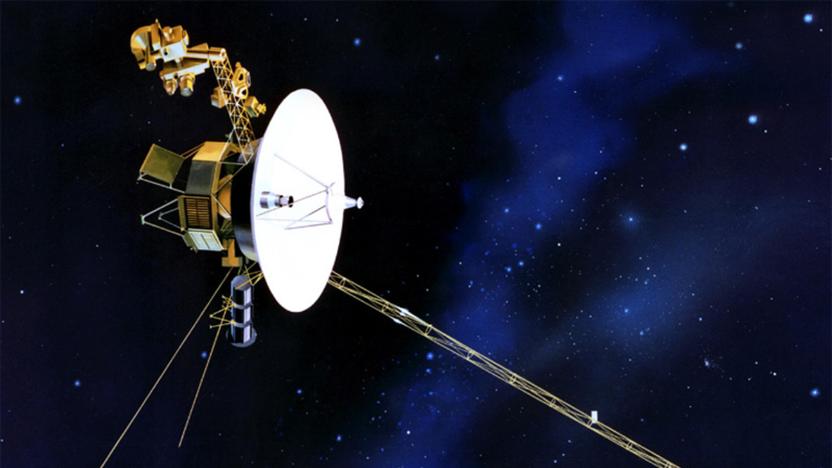
Voyager probes detect a new form of cosmic ray burst from the Sun
The Voyager 1 and 2 probes have detected a new kind of cosmic ray electron burst emanating from the Sun, decades after they started their missions.

Scientists find neutrinos from star fusion for the first time
Scientists have detected neutrinos traced to star fusion for the first time, confirming physics theories dating back to the 1930s.
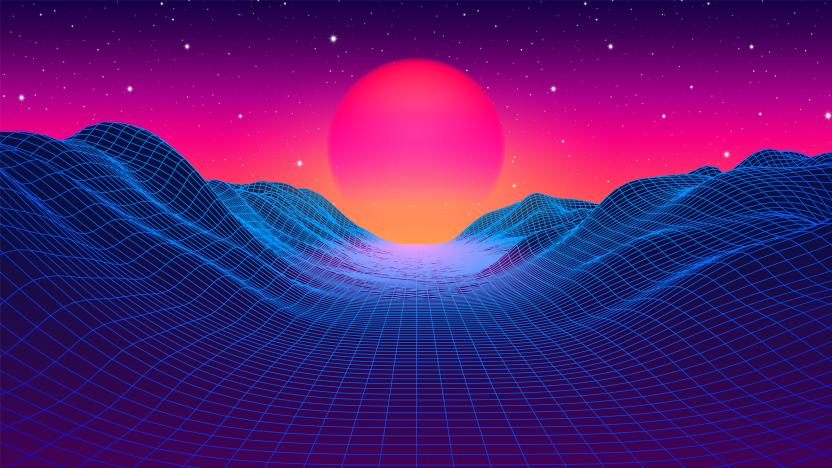
Hitting the Books: Why we'll never see the edge of the universe
While nothing can travel faster than light through space, there’s no rule that limits how quickly things can happen to find themselves farther apart because they are sitting still in a space that’s getting bigger between them.
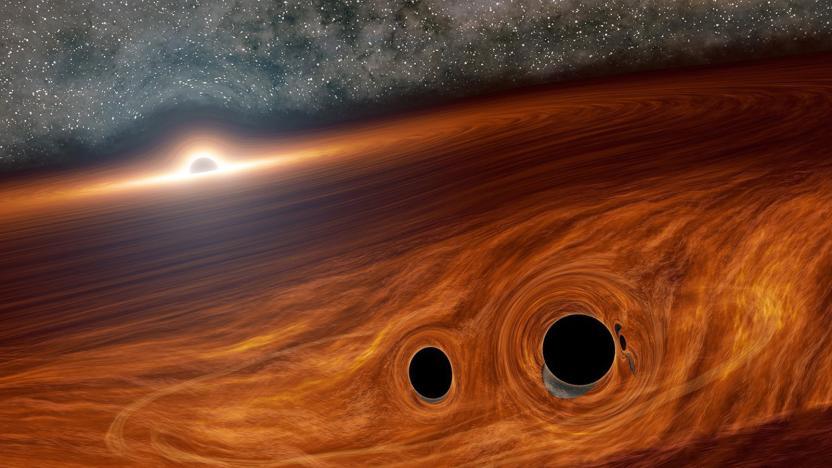
Astronomers may have spotted light from colliding black holes
Astronomers believe they've seen the first known light resulting from colliding black holes.

How to guesstimate the number of alien civilizations in a galaxy
“Before Drake's work, this question would have seemed to be beyond the realm of scientific inquiry,” Westby told Engadget. fp is the fraction of those stars that have planets. fl is the fraction of those planets that actually do develop life at some point.
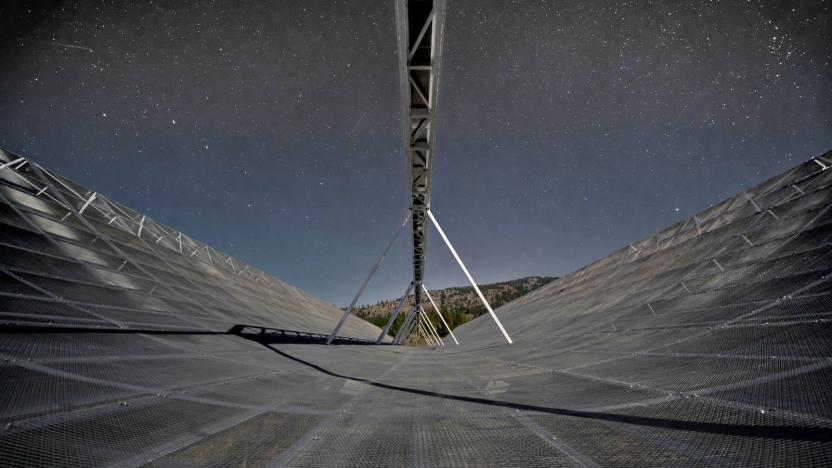
Astronomers find the first known regular pattern of fast radio bursts
Researchers have spotted the first known fast radio bursts with regular rhythm, but it's not clear what's generating them.
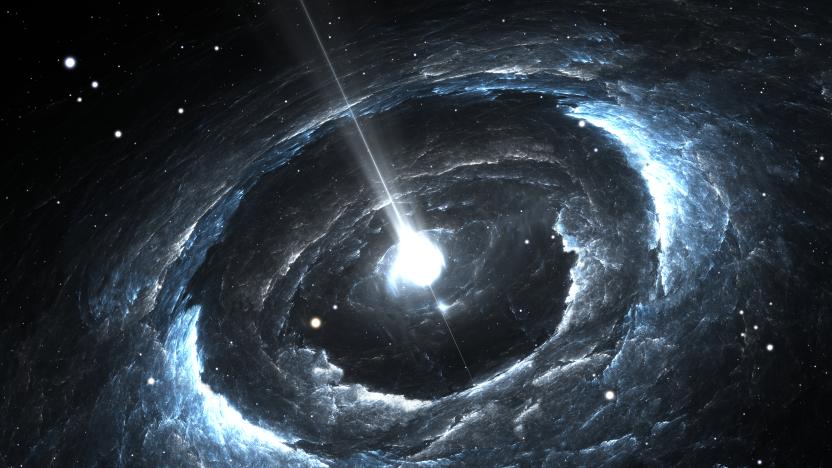
Scientists confirm the basis of Einstein’s Theory of Relativity
Astrophysics measured a pulsar to prove Einstein's equivalence principle.
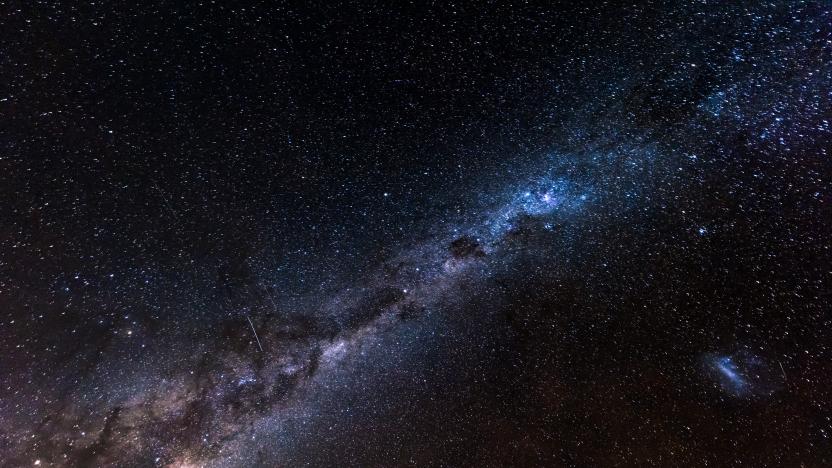
Scientists find the universe's 'missing matter' using mysterious cosmic bursts
One of astrophysics' longest-running mysteries has been solved.
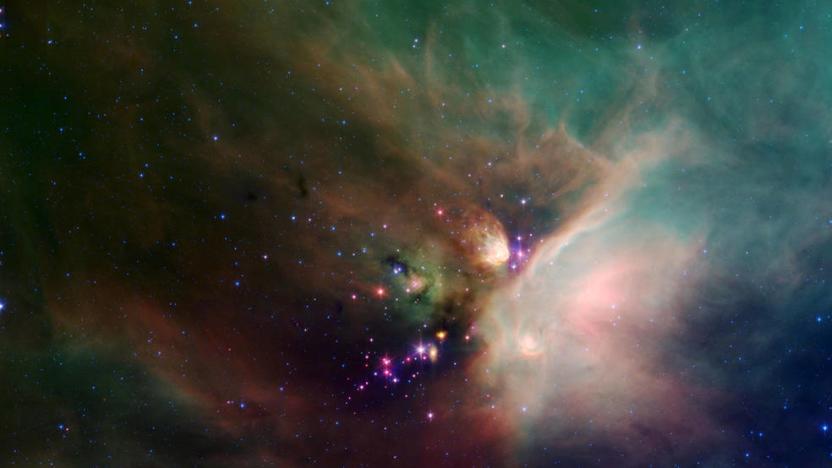
NASA decommissions Spitzer Space Telescope after 16 years of service
NASA is flipping the switch on the Spitzer Space Telescope today. The observatory has made groundbreaking discoveries about the universe since its launch in 2003, from imaging some of the oldest stars in the universe to detecting the light reflected by exoplanets. The Spitzer was previously scheduled to go offline in 2018, but has continued operating due to NASA's followup telescope being postponed. With the James Webb Space Telescope nearing completion, Spitzer's mission is over.

NASA's closest-ever Sun flybys reveal how solar wind works
As promised, NASA has presented the first results from the Parker Solar Probe -- and they're already providing a treasure trove of insights regarding the Sun. Most notably, the solar wind doesn't behave entirely like scientists expected. There are flips in the Sun's magnetic field direction (nicknamed "switchbacks") that manifest in the solar wind inside Mercury's orbit, but not further. Moreover, the sideways movement of the solar wind near the Sun was not only "much stronger" than expected, but straightened out sooner than predicted as well.

Astronomers find stellar black hole so large it shouldn't exist
Just because there's a picture of a black hole doesn't mean astronomers have figured out how they work. Chinese-led researchers have detected a stellar black hole in the Milky Way with a mass so large that it breaks current stellar evolution models. LB-1, a black hole 15,000 light-years away, has a mass 70 times greater than that of the Sun -- previous estimates suggested that no stellar black hole would have more than 20 times the Sun's mass. Scientists expected many dying stars to shed most of their gas, making something this large impossible without readjusting theories.

Supercomputer creates millions of virtual universes
How do you understand the development of galaxies when even the younger examples are frequently billions of years old? Simulate as many universes as you can, apparently. Researchers at the University of Arizona have used the school's Ocelote supercomputer as a "UniverseMachine" that generates millions of mini universes to see how well they line up with the real cosmos. Rather than try to portray every nuance of the whole universe (even a single fully modeled galaxy would require far too much computing power), the team devised a system that had just enough resolution to scale from supernovae to a "sizeable chunk" of observed space. Each virtual universe had a different set of rules, and it was largely a matter of seeing which simulations lined up the closest with real data.

Scientists find the largest observed black hole to date
Astronomers aren't done with major black hole discoveries this year. The Max Planck Institute's Kianusch Mehrgan and colleagues have found the largest black hole ever observed at the center of Holm 15A, a galaxy about 700 million light-years away. It's more than twice as large as the previous observed record-setter at 40 billion times the mass of the Sun, and 10,000 times the mass of the black hole at the core of the Milky Way.
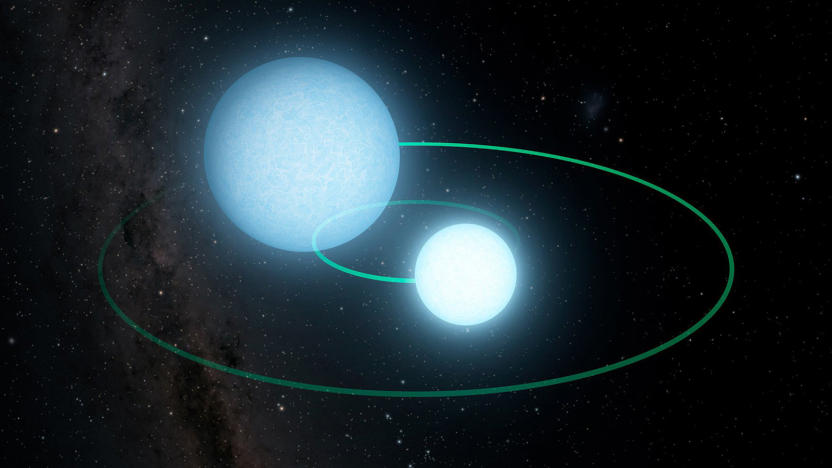
Two dead, dancing stars challenge astronomers' expectations
Stars still have plenty of surprises despite (or perhaps, because of) advances in astronomy. Researchers using Caltech's Zwicky Transient Facility have discovered a binary white dwarf system 8,000 light-years away, ZTF J1539+5027, where the two dead stars orbit each other every seven minutes. That's the second-fastest pair of white dwarfs seen to date, and the fastest such "eclipsing" system (where one passes between its partner and Earth). This isn't the first time they've seen one white dwarf 'eat' the other, but it's rare to catch this cannibalization in the act.

Scientists think some supermassive black holes didn’t start as stars
Despite the fact that scientists now have a real image of a supermassive black hole, they still have plenty of questions about the objects. Now, astrophysicists at Western University may have a new explanation for how some black holes formed. In research published in The Astrophysical Journal Letters today, Shantanu Basu and Arpan Das suggest that not all black holes emerge from star remnants. Their model may help scientists explain the formation of extremely massive black holes at a very early stage of the universe's development.

Neil deGrasse Tyson will continue with 'Cosmos' after investigation
Fox and National Geographic have completed their investigation into Neil deGrasse Tyson over alleged sexual misconduct, and have decided to give both Cosmos: Possible Worlds and StarTalk the go-ahead. While the channels didn't reveal their findings (they have "no further comment"), they now expect to find a new air date for Cosmos after a last-minute delay and will return Nat Geo's remaining 13 StarTalk episodes in April.

Fox delays 'Cosmos' season 2 premiere over misconduct investigation
Fox's investigation into sexual misconduct claims against Neil deGrasse Tyson has led to a change of schedule for Cosmos: Possible Worlds. The company has quietly removed the show's season 2 premiere from its March 3 schedule, indicating that it's waiting on the results of the investigation before making a decision on airing the science program. There's no official update on the investigation so far.
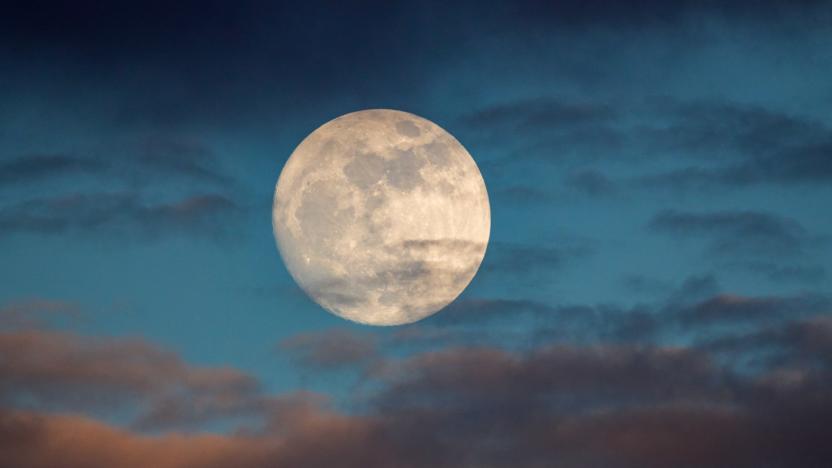
NASA models suggest the Moon was born from Earth materials
The most commonly accepted theory for the Moon's creation involves a collision between Earth and a Mars-sized body (Theia) that split off a chunk of the larger body and created an orbiting neighbor. You might have to reconsider that explanation, however. NASA researchers have developed a new model that suggests the Moon is made of the same materials as Earth, not its cosmic nemesis. The approach simulates the processes of the Moon's formation using 14 volatile, metal-loving elements found in samples from the Apollo missions, providing a complex understanding that hasn't been attempted before. The concentrations of those elements could speak volumes about what happened, according to the scientists.

Scientists more accurately gauge the brightness of the universe
You'd think that it would be virtually impossible to determine the collective brightness of the observable universe, but a team of scientists has come surprisingly close. They've completed the most accurate measurement of the universe's light to date using both reams of Fermi Space Telescope gamma ray data and some unusual tricks. They searched for the background light of the universe by studying data from over 700 blazars, or black hole gamma ray bursts pointed directly at Earth. They noticed that the blazars indicate the brightness of the background light between galaxies as they cut through it. And when it takes billions of years for those gamma rays to reach human eyes, you can gauge the light levels for large portions of the universe's past -- 90 percent of its history, researcher Alberto Dominguez told Popular Science.
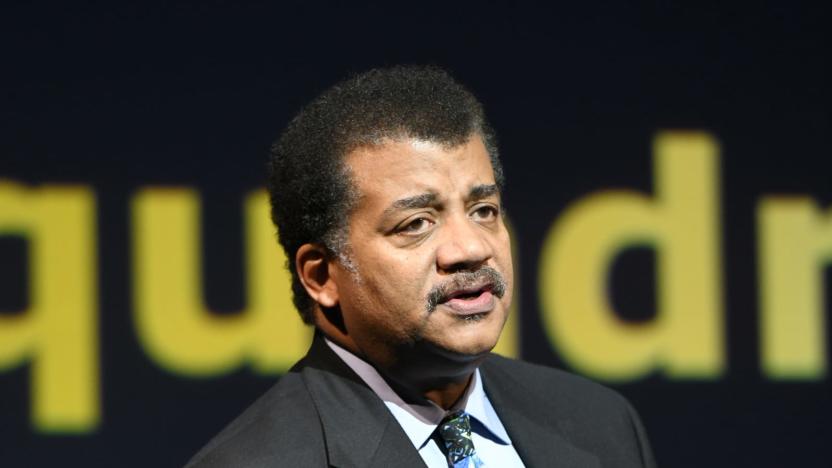
Fox investigates Neil deGrasse Tyson over sexual misconduct claims (updated)
Astrophysicist and Cosmos host Neil deGrasse Tyson is facing investigations by Fox, National Geographic and show producers in the wake of fresh claims of sexual misconduct. The two networks told Hollywood Reporter in a statement that they were "reviewing" allegations from two women in a Patheos story who accused deGrasse Tyson of groping and making unwanted sexual advances. The Cosmos team, meanwhile, said they would embody the philosophy of the show and "follow the evidence wherever it leads" with its investigation.




